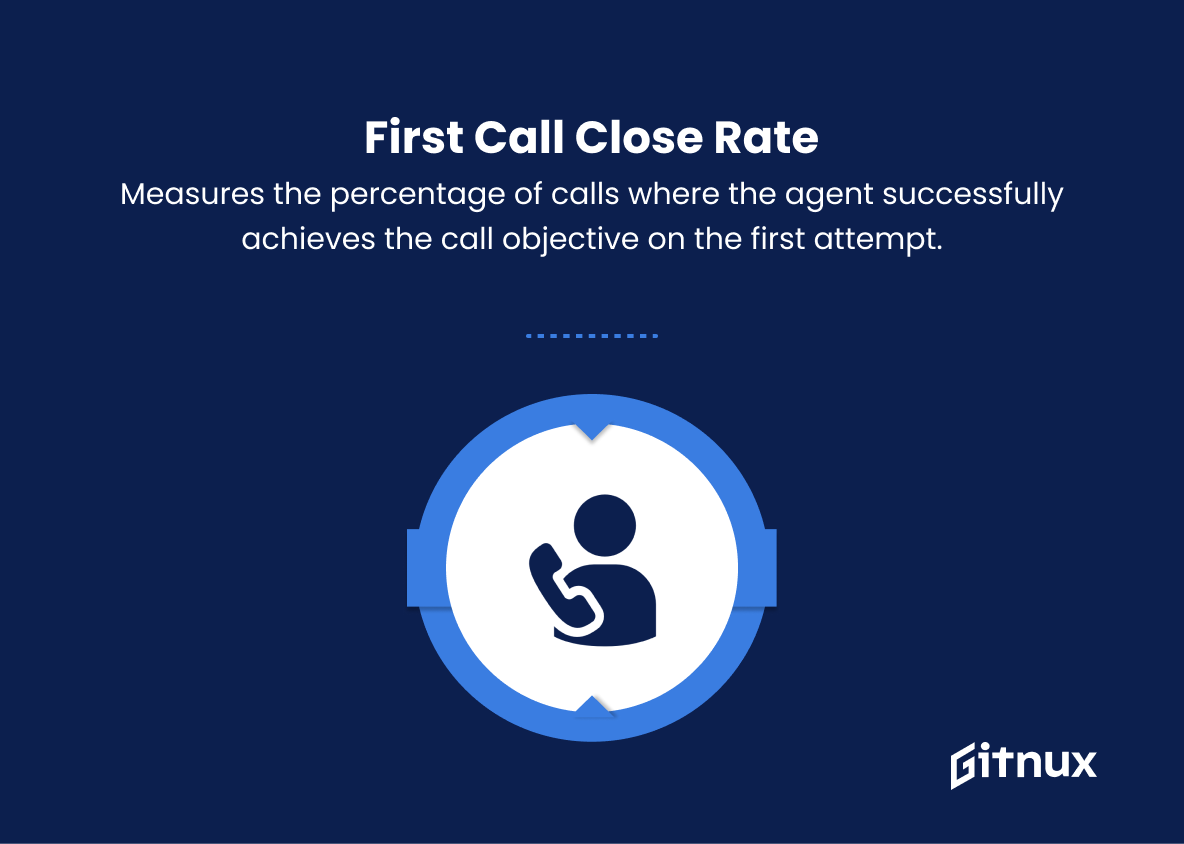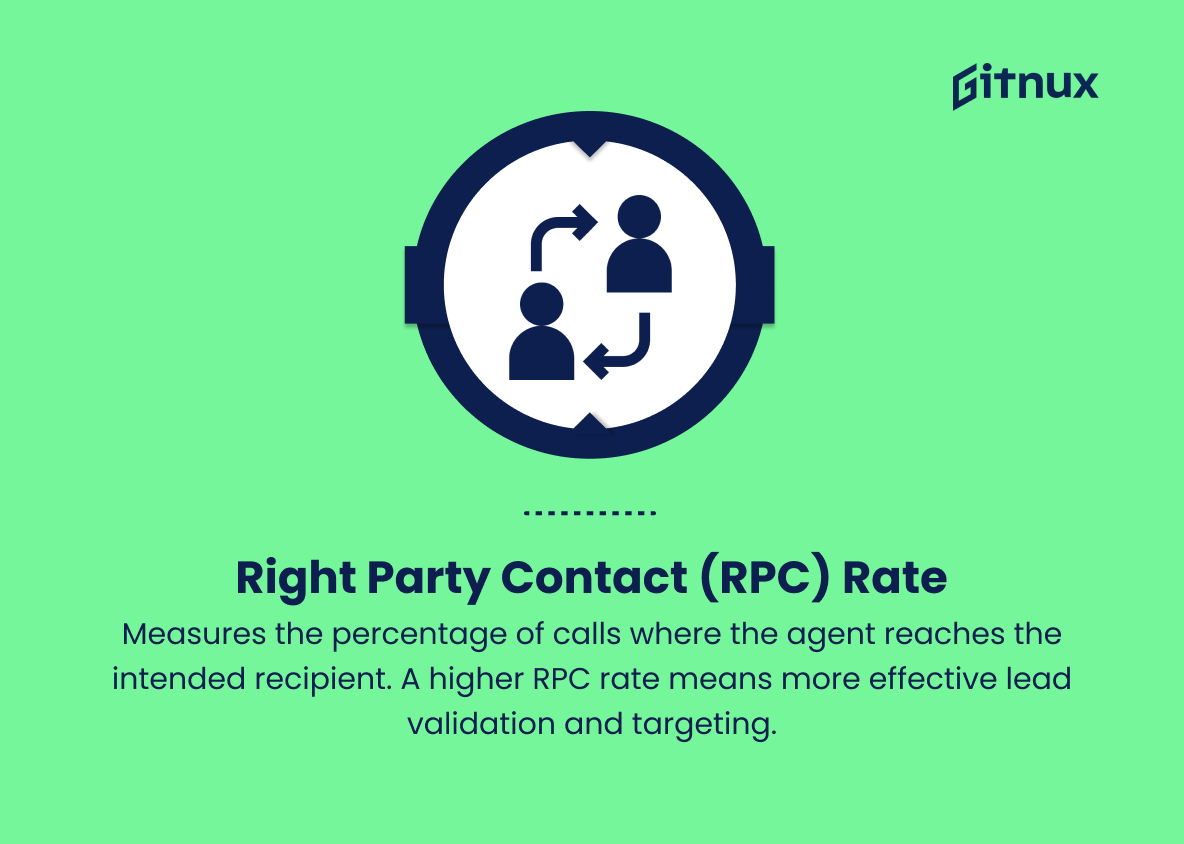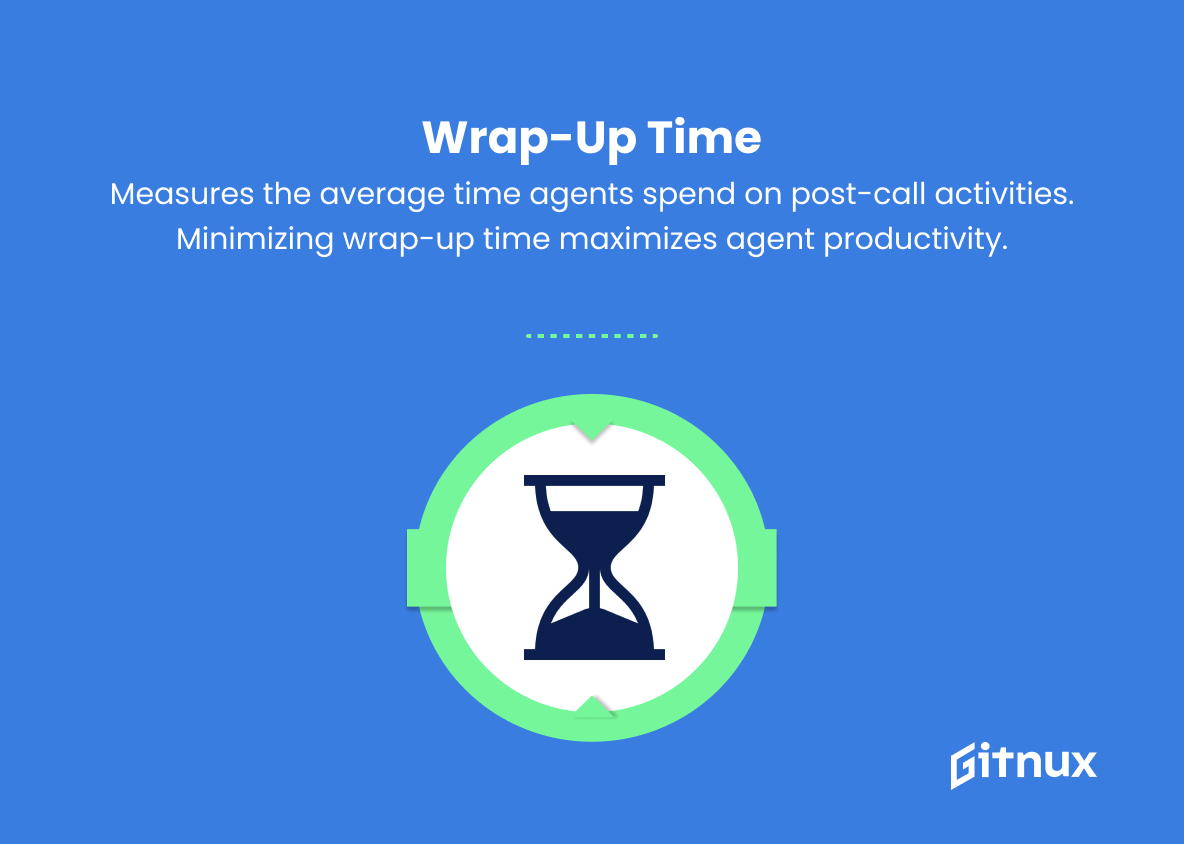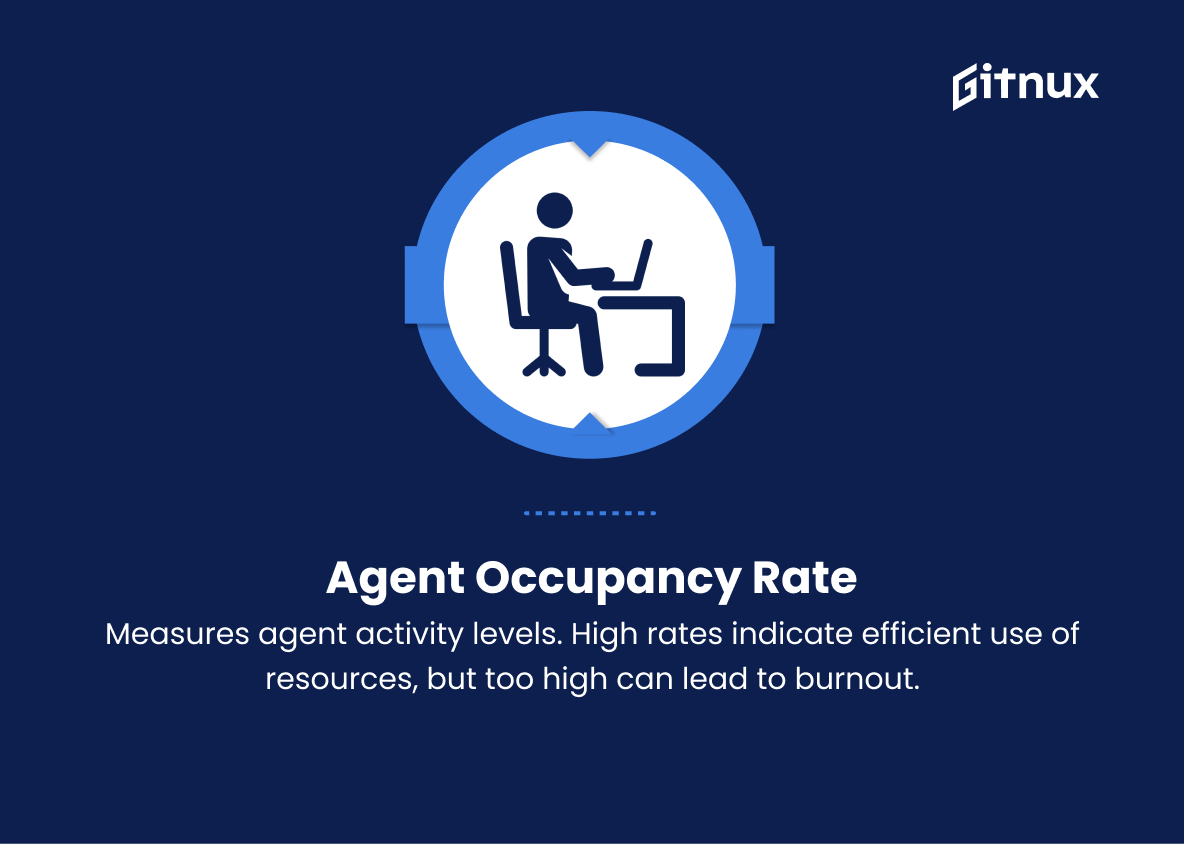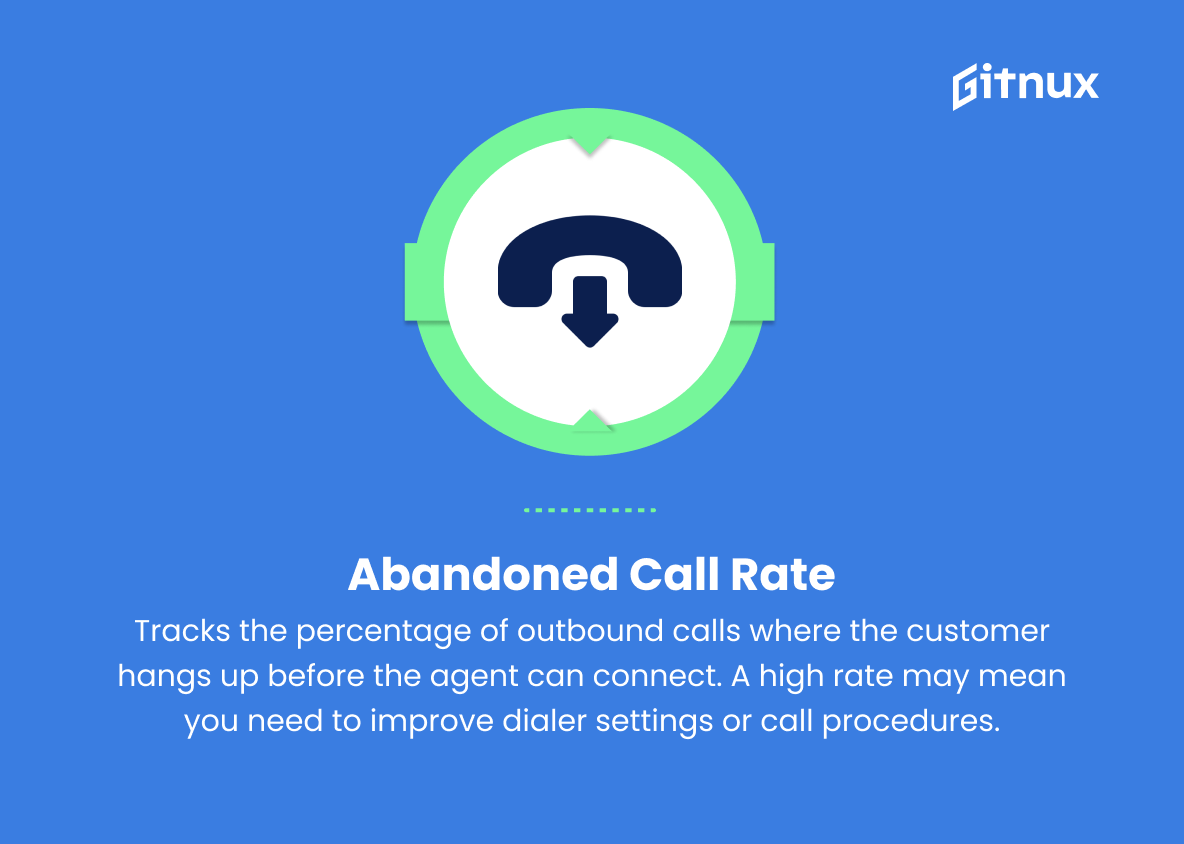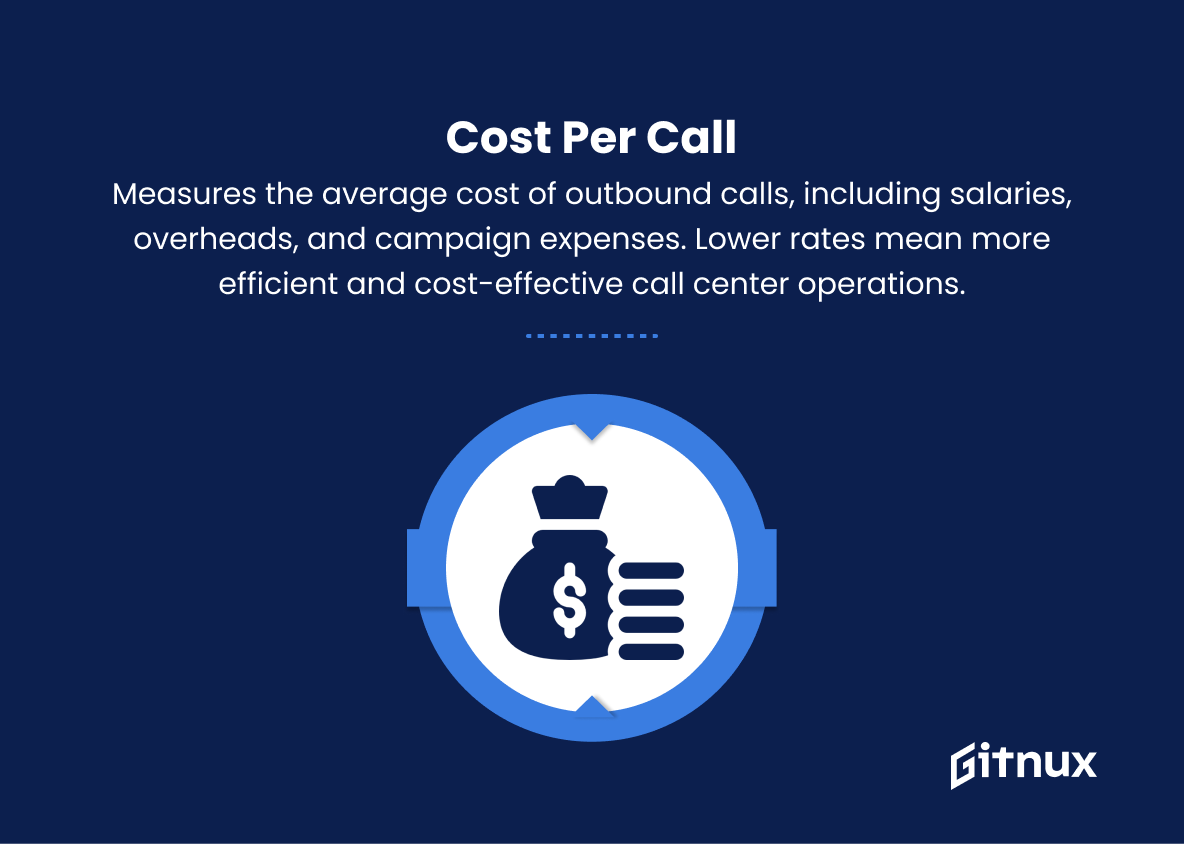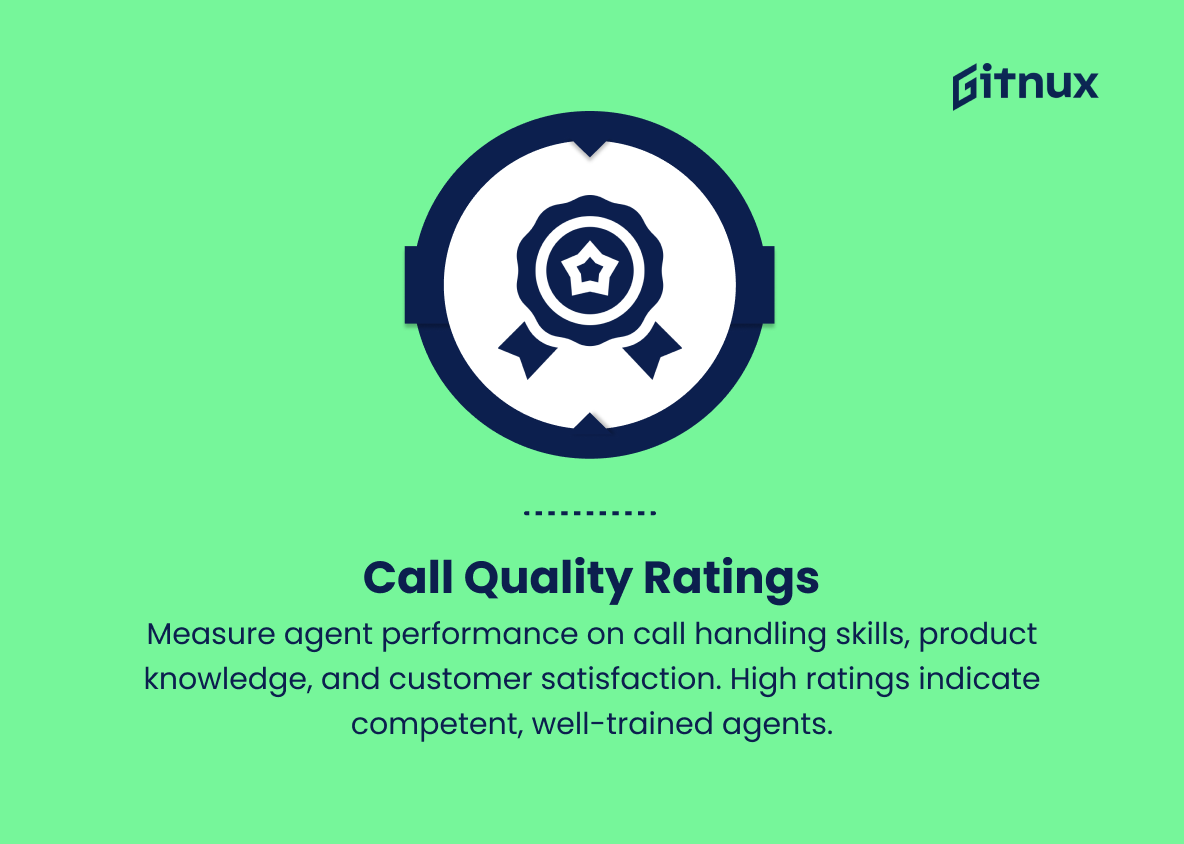In today’s highly competitive business landscape, effective communication and exceptional customer service have become more critical than ever. As a vital component of this equation, outbound call centers play a significant role in driving sales, nurturing customer relationships, and ensuring overall business growth. To measure the success of an outbound call center and to optimize its performance, tracking the right Key Performance Indicators (KPIs) is essential.
In this blog post, we will delve into the most crucial KPIs for outbound call centers, analyzing their significance and offering insights on how to maximize call center efficiency and productivity. Join us as we explore and unravel the complexities of outbound call center metrics and unlock the key to maintaining a robust and high-performing operation.
Outbound Call Center KPIs You Should Know
1. Call Volume
This KPI measures the total number of outbound calls made by call center agents during a specific period. It helps management understand the call center’s activity level and ensure adequate staffing.
2. Average Handle Time (AHT)
This KPI calculates the average time taken by an agent to handle an outbound call, including talk time and after-call work. A lower AHT is generally preferred as it means agents can handle more calls per day, but not at the expense of call quality.
Cost per Call assists in evaluating operational efficiency, and Call Quality Ratings indicate the overall competency of agents in terms of customer satisfaction and knowledge.3. Conversion Rate
Conversion rate measures the percentage of successful sales conversions or appointments set through outbound calls. It helps in assessing the effectiveness of sales or appointment-setting campaigns.
4. First Call Close Rate
This KPI measures the percentage of calls where the agent successfully achieves the call objective (e.g., a sale, appointment, or customer resolution) on the first attempt. Higher first call close rates imply that agents are meeting their targets efficiently.
5. Right Party Contact (RPC) Rate
The RPC rate calculates the percentage of calls where the agent successfully reaches the intended recipient (i.e., the right party) out of the overall call volume. A higher RPC rate suggests increased effectiveness in lead validation and targeting.
6. Wrap-up Time
This KPI measures the average time an agent spends on post-call activities, such as filling out call summaries or updating the customer’s information. Minimizing wrap-up time is essential for maximizing agent productivity.
7. Agent Occupancy Rate
This KPI calculates the percentage of time agents spend actively working on calls, taking breaks, or finishing other non-call activities. Higher occupancy rates indicate optimal resource utilization, but too high rates may lead to agent burnout.
8. Schedule Adherence
Schedule adherence measures how closely agents stick to their assigned schedules. This KPI helps identify any discrepancies between planned work hours and actual hours worked, which can negatively impact productivity.
9. Abandoned Call Rate
Although more common in inbound call centers, this KPI tracks the percentage of outbound calls where the customer hangs up before the agent can establish contact. A high abandoned call rate may indicate the need for improvement in dialer settings or call procedures.
10. Cost per Call
This KPI measures the average cost incurred for each outbound call, including agent salaries, overheads, and campaign expenses. Lower cost-per-call rates typically represent more efficient and cost-effective call center operations.
Conversion Rate, First Call Close Rate, and RPC Rate help evaluate the efficacy of sales campaigns and ensure that agents successfully reach their intended targets.11. Call Quality Ratings
Call quality ratings are scores given by supervisors, customers, or third-party evaluators to assess agent performance regarding call handling skills, product knowledge, and customer satisfaction. Consistently high call quality ratings indicate competent, well-trained agents.
Outbound Call Center KPIs Explained
Call Volume, Average Handle Time (AHT), Conversion Rate, First Call Close Rate, Right Party Contact (RPC) Rate, Wrap-up Time, Agent Occupancy Rate, Schedule Adherence, Abandoned Call Rate, Cost per Call, and Call Quality Ratings are essential Outbound Call Center KPIs because they allow management to gauge the overall performance and effectiveness of their call center operations. By measuring call volume and AHT, management can assess staffing and resource utilization, optimizing productivity while maintaining call quality.
Conversion Rate, First Call Close Rate, and RPC Rate help evaluate the efficacy of sales campaigns and ensure that agents successfully reach their intended targets. Monitoring Wrap-up Time, Agent Occupancy Rate, and Schedule Adherence provides insights into optimizing agent productivity and preventing burnout. Abandoned Call Rate highlights potential issues with call procedures or dialer settings. Cost per Call assists in evaluating operational efficiency, and Call Quality Ratings indicate the overall competency of agents in terms of customer satisfaction and knowledge.
Together, these KPIs enable management to make data-driven decisions to improve call center performance and achieve business objectives.
Conclusion
In conclusion, monitoring, analyzing, and optimizing Outbound Call Center KPIs is undoubtedly an essential aspect of maintaining a successful and proactive call center operation. By strategically focusing on key performance indicators such as Call Volume, Conversion Rates, Abandoned Call Rate, First Call Close Rates, Agent Utilization, and Talk Time, call center managers can make data-driven decisions to improve overall performance, enhance customer satisfaction, and boost revenue growth.
Ensuring that your team is equipped with the most effective strategies, tools, and training will ultimately lead to better customer engagement, increased productivity, and a more fulfilling work environment for your agents. Continuous evaluation and improvement of these KPIs will not only help you stay ahead of the competition but also position your organization as a leader in customer service excellence.



